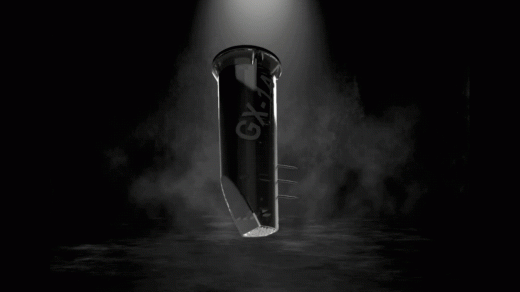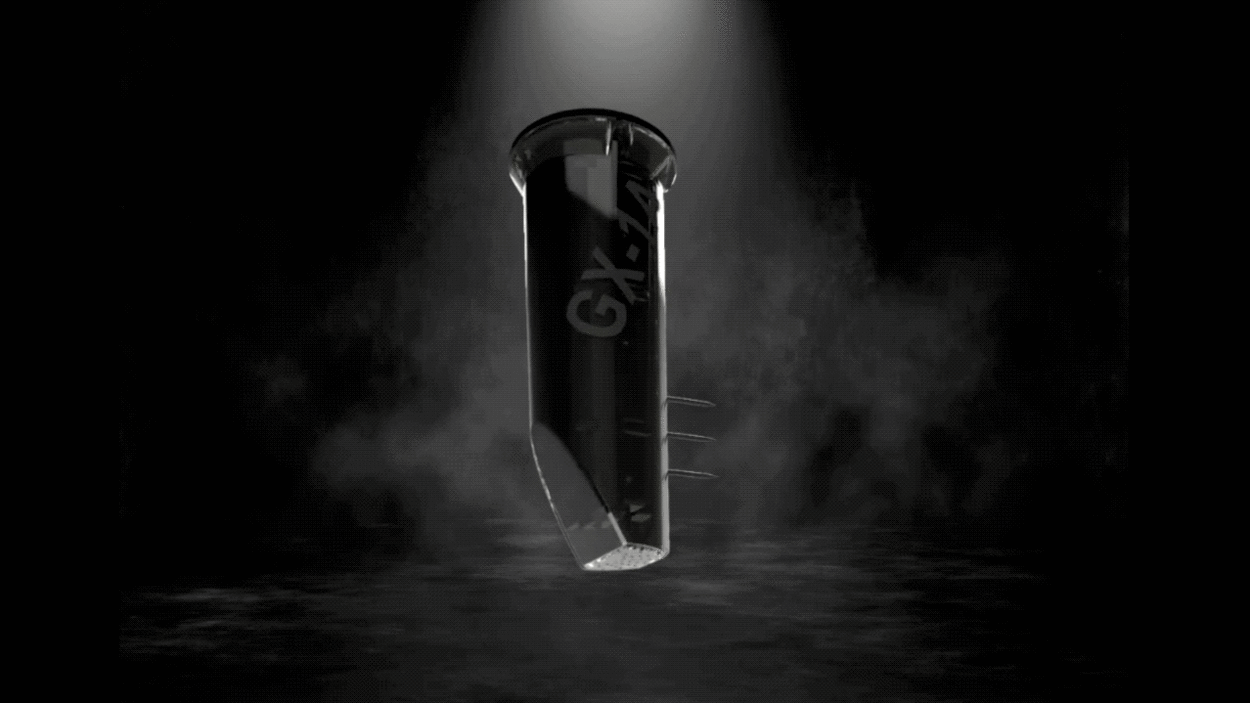How IoT-powered soil sensors helped a California golf resort save millions of gallons of water per month
By Linda Rosencrance
Although much of California no longer suffers from drought conditions thanks to the recent record rainfall, the Golden State isn’t quite yet out of the woods when it comes to a scarcity of water.
And that means sustainable water management must continue to be top of mind for executives in a variety of industries, including turf management, agriculture, and hotel and resorts.
For David Yanez, director of agronomy and golf superintendent at the Fairmont Grand Del Mar in San Diego, that means providing a top-notch golf course and the best playing conditions while ensuring he’s not using too much water. To that end, Yanez has implemented IoT-powered soil sensors from GroundWorx to optimize water use for the luxury hotel’s golf course fairways.
“Water has become a precious resource,” he says. “Over the past 10 years, we’ve seen the price for potable water increase about 300%, and that impacts on our bottom line.”
Before implementing the GroundWorx system, Yanez was using a handheld moisture sensor that took individual soil samples at the surface of the greens—a labor-intensive process at best.
But Yanez knew there had to be a better, more efficient way to measure moisture and salinity levels in the soil. After trying a number of similar solutions, he landed on the GroundWorx GX-1 soil sensor and was impressed with how easy it was to install and use.
All his team had to do was dig a hole for each sensor—the golf course has installed 12 sensors—and drop it in. Each sensor, which integrates with Yanez’s irrigation system, collects data every 10 minutes, reporting on soil moisture, temperature, and salinity levels, allowing Yanez to water only when it’s necessary.
Being able to decide when he can skip an irrigation cycle has saved the resort millions of gallons of water per month since it installed the sensors in 2021.
“From May to December of 2021, we saw a reduction of 24 million gallons of water based on our history of water use in previous years, and we saved about $135,000, which was a 29% decrease in costs,” Yanez says. “We are still saving water, although not at the same rate because we had already decreased water usage by 25%. That’s the biggest cost savings—if I’m in the middle of summer, and I can skip an irrigation cycle, which is between half a million to 600,000 gallons a night, that’s a huge savings.”
The soil sensors pair with GroundWorx’s micro-weather station, which offers Yanez critical weather data. And machine learning and artificial intelligence provide predictive analytics, giving Yanez a complete picture of his entire course and enabling him to make informed decisions leading to water conservation and staff efficiency.
“Each sensor collects data every 10 minutes, so that’s six per hour, which is 144 readings in a 24-hour period, and the sensor connects to a cellular tower every hour and then does a data packet burst of all the information it gathered for the last hour,” says Tim Barrier, vice president of business development at GroundWorx. “That goes up to the cloud and it goes on to a back-office platform dashboard that [David] can access either on his smartphone, laptop, or computer at home.”
And because the sensors connect to GroundWorx’s GX-1 Micro Weather Station, Yanez is able to look at his weather data and then make even better decisions based on what the soil is doing, Barrier says.
While GroundWorx provides the sensors, KORE Wireless ensures that the sensors are equipped with the right connectivity, are in the right areas, and have the ability to reliably communicate and transmit data in such a way that it can provide real-time analytics, says Peter West, senior vice president of sales at KORE Wireless.
“From a bird’s eye view, for GroundWorx customers like Fairmont Grand Del Mar, putting a sensor in the ground is a simple process,” he says. “For GroundWorx, for KORE, it is making sure that the solution arrives in a box, ready to work once it is in the ground and that it begins seamlessly sending data for real-time analytics that can be digested anywhere from a mobile application, laptop, etc.”
For Yanez, the ability to view that information anytime, anywhere, and on any device is critical.
“I’m always looking at the data on my phone, and I can be anywhere and look at it,” he says. “That’s important because I live 50 miles from work. So, on the weekends or on a day off in the summer, it’s good to be able to log in, see what’s going on, where we’re at moisture-wise, and then make my decisions on what we’re going to do for irrigation based off the information that’s coming in from the sensors.”
(26)



